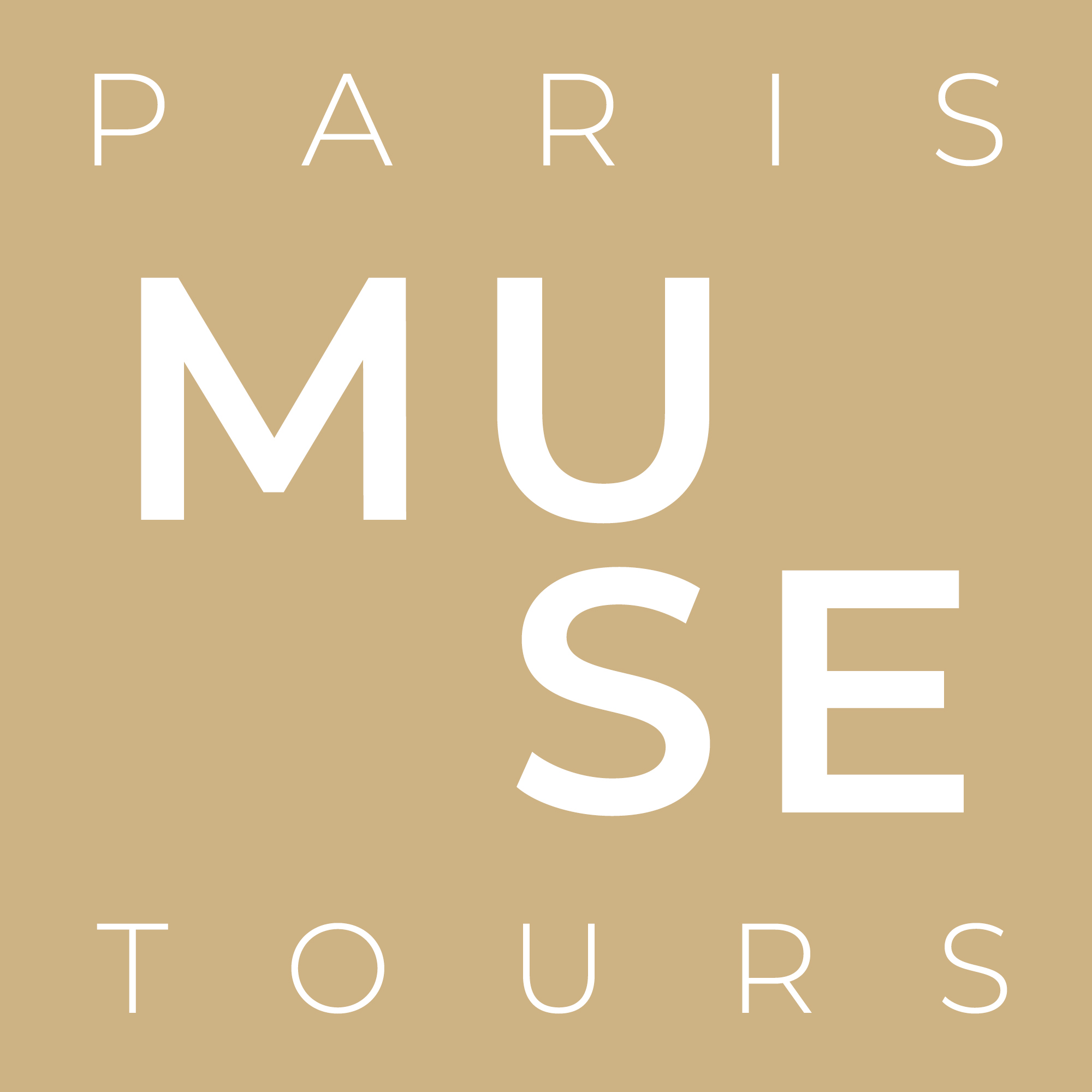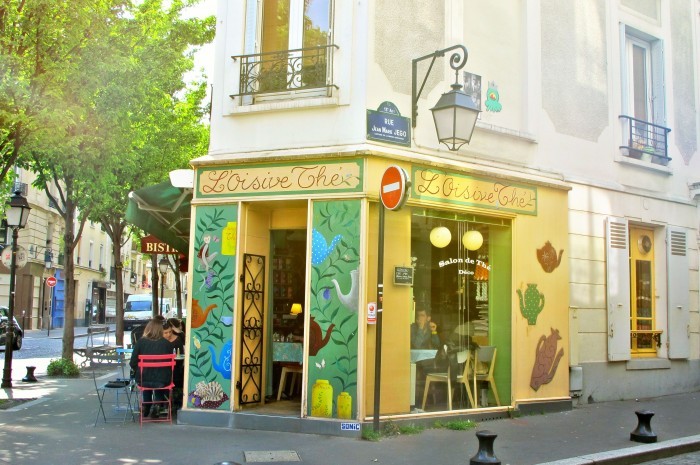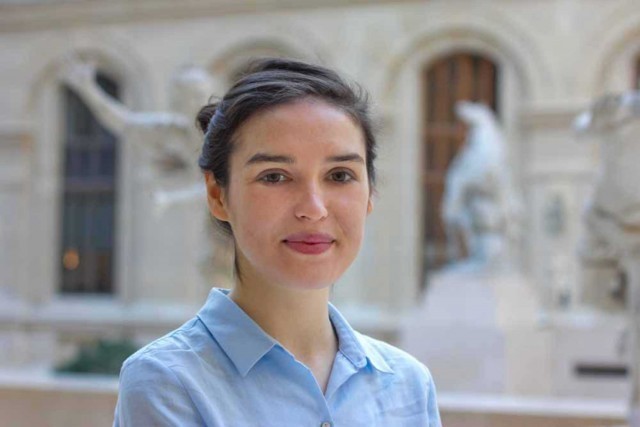Our family educator Fionnuala takes you on a journey through one of Paris’ lesser-known and wonderfully authentic neighborhoods.
The 13th arrondissement of Paris is home to a large Asian community, the annual Chinese new year parade, quaint streets once part of a working-class village, and an eclectic array of architectural styles. Living here means that I’m exposed to a wonderful hub of culture and cuisine. It’s undoubtedly one of the best places in Paris to discover at lunchtime.
Cutting edge architecture and design is one aspect of the 13th, as illustrated by the imposing glass towers of the National Library. Like the Louvre’s famous glass pyramid, it is a legacy of former President Francois Mitterand’s grand plans to give Paris a resolutely forward-looking face. These are familiar stomping grounds of many a fellow Paris Muse colleague conducting research.
If you have been to the Louvre, chances are you have walked by more than a few tapestries woven in the famous Gobelins Manufacture. The factory, founded in the early 16th century by King Henry IV, supplied dyed fabrics, woven tapestries and luxurious furniture to the royal court and monarchs of France. Today, it is run by the Ministry of Culture and open for visits three days a week.
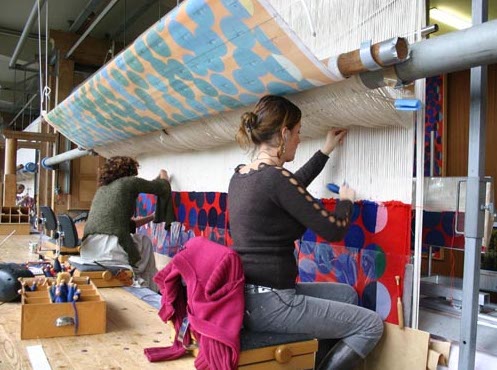
Every February, to celebrate the Chinese New Year, the streets of Paris host many activities and parades. The most popular and oldest happens right here in the 13th, complete with firecrackers, dragons, dancing, music and gorgeous costumes. 2015 is the year of the Sheep, and this year the much-awaited parade will kick off festivities on February 22. It goes down streets like Avenue de Choisy, where you will find more Asian restaurants than you can shake a chopstick at. For the tastiest pho soup this side of the Mekong, stop in at Pho 14 on Avenue Choisy. Get past the cheap furniture and expedient service and indulge in a taste of Vietnam in Paris.
Wedged between the city’s biggest Chinatown district and the sprawling Place d’Italie, the former village of La Butte aux Cailles has retained something of its bucolic charm. Although the windmills and vineyards that once dotted the area are long gone, and the babble of the Bièvre river has been relegated to the underground, you won’t be disappointed by the quaint cobblestone streets and plethora of bars, cafes and restaurants. At Place Paul Verlaine, stop to admire the Art Nouveau swimming pool built in 1924, one of Paris’ oldest. Taking a dip is optional.
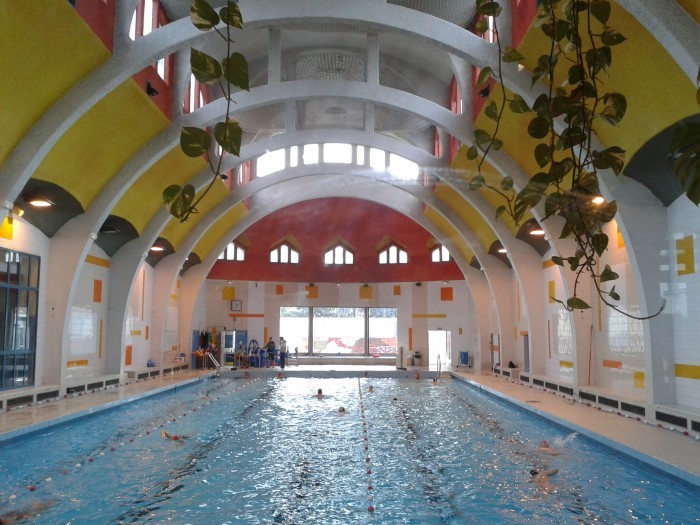
For tea and a snack, stop in at L’Oisive Thé. This tea room doubles as a yarn shop, but don’t be deterred if you are not nimble with the needles. This place serves up fresh salads, savoury puff pastries and homemade cakes to knitters and non-knitters alike. Looking for something more hearty? Chez Gladines offers generous portions of traditional Basque specialities served on red checked cloth tables.
Bonne journée!
